Technically speaking, the holidays aren’t over yet; the long trajectory of festivities ends here on January 6, the Feast of the Epiphany, which I will tell you about in another post. But the end is in sight.
Here we hopscotch through December from saint to saint: St. Nicholas (Dec. 6), St. Lucy (Dec. 13), Christmas, St. Stephen (Dec. 26, known as Boxing Day in the Anglo world) and now today, St. Sylvester, or New Year’s Eve. Though the first two only get noticed by people who bear those names (or in the case of Lucy, have eye problems), the last three get more attention. At first it seems odd to refer to New Year’s Eve as “San Silvestro,” but you get used to it.
New Year’s Eve and/or Day are referred to as Capodanno, or “head” — or perhaps “boss” — “of the year.”
Christmas as we observe it is a fairly recent invention, developed (if not created outright) by people who want to sell things for the benefit of people who have extra money. Christmas cards and/or trees, Tiny Tim, Rudolph, even Santa would be undecipherable to our forebears, at least if they’re Venetian.
Like many events here, Christmas and New Year are the offspring of prosperity, and people of Lino’s vintage notice the difference. Not that they were more pious, though perhaps they were, but because for a long time the vicissitudes of life (such as two world wars) limited the common perception of what the holiday could entail. They stuck to the basics, and these did not include presents.
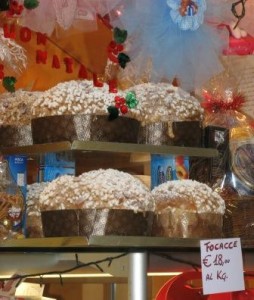
“What presents?” Lino snorted. “Who had presents?” Christmas Eve? An ordinary night like any other. Christmas Day? You went to the special mass at 9:00 AM, then the entire family — and in those days that easily reached double digits — squeezed around the table and feasted on food that was at least slightly out of the ordinary. Tortellini (handmade by his mother and sisters) in slow-simmered meat broth was often the star. In the evening, roast veal and polenta, traditions we continue except for the “handmade” part. Lots of family racket, but pretty low on novelties, frivolities, or anything that required batteries or assembly.
Panettone? “It didn’t exist,” Lino stated. “It’s an invention that came after the war,” like so many things. His sisters might have made a “fugassa,” or focaccia — a simple raised cake full of butter and eggs. He doesn’t remember.
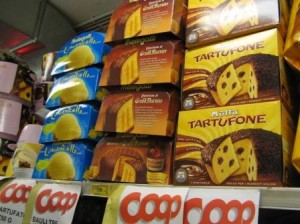
He does remember one particular Christmas Eve, somewhere in the late Sixties or early Seventies. (Obviously his childhood was long gone.) He was sitting at dinner that evening at home when they began to hear ships’ whistles blowing. A lot. Finally he said, “Let’s go out and see what’s going on.”
They walked out to the Zattere and there, in the Giudecca Canal, was a tugboat shining its spotlight on the mast of another tug which was almost completely underwater. The light was to aid in the rescue attempt (fruitless) and also to warn other boats to keep clear.
There are two theories about the accident. Either the tug was towing a ship and the tension on the towline slackened somehow, causing the ship to run into the tug, or somehow the tension wasn’t kept steady and a sudden jerk of the line caused the tug to capsize. In any case, by Christmas morning the two victims still hadn’t been recovered.
As for New Year’s, Eve and Day, they passed virtually unremarked by anyone. At a certain point in history the midnight moment began to be marked by all the ships in the port of Venice blowing their horns (that must have sounded totally great). Fireworks? Special dinners out? Champagne? They got here tomorrow, as the saying goes. People had plain old dinner and went to bed. Me, I’d be just as glad to return to that approach; I hate having to pretend to celebrate, especially when I have no clue as to what, exactly, we’re supposed to be celebrating.
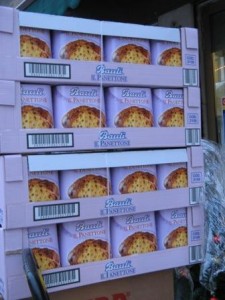
For those who might want to imagine a festive New Year’s Eve dinner in Venice, too bad you’re missing out on what Arrigo Cipriani is laying on at Harry’s Bar. The newspaper was reporting on the general markdowns being offered by restaurants around the city even on this special meal, and made a point of noting that even Harry’s was giving a discount. This year the repast is costing a mere 500 euros [$716.66} per mouth, as opposed to last year’s 1000. Very high into the yikes zone even if the economy hadn’t burned up on re-entry.
For that little fistful of euros, diners will engulf champagne, caviar, truffle ravioli, tournedos, and the “dessert of the house,” which at that price ought to be garnished with whipped flakes of gold. I assume it won’t be Floating Island.
Despite my stated aversion to compulsory celebration, I have to say that I spent the most unforgettable New Year’s Eve of my life here in Venice. (You may say “Well sure — most beautiful city in the world,” etc. etc. That is a comment which does not take into account how repellent mass events can be in a city this small, especially when the mass is mainly composed of atrociously drunk people who think they’re having fun. Smashing glass bottles is almost as entertaining as setting off firecrackers. It would appear.)
It was the fateful passage between millennia, the last night of 1999 and first morning of 2000. We had dinner at home with two friends, Sarah from Washington and Caroline from London, then we bundled up and climbed into Lino’s little wooden topetta.
They sat in the center, while we rowed to the Bacino of San Marco. There was a surprising number of boats out (it wasn’t especially cold), but I guess it was that millennium aspect that drew them. As it drew us, because it’s the only time we’ve ever done this.
The fireworks began their aerial onslaught; I thought it was great to be right under them till I discovered that falling bits of blazing incendiary material are essentially little bombs. Moving down-range, we counted down to midnight, then we popped the bubbly — a large bottle of Veuve Clicquot, which Lino kept referring to as “French spumante,” no matter how many times I tried to straighten him out. I wish I could remember what kind soul had given it to us.
But this far I could have anticipated much of this. Being on the water at night is always special, ditto fireworks and friends. But I hadn’t anticipated what came next.
We were done with the toasting and the pyrotechnics. Time to go home. But we didn’t take the shortest route — Lino headed us toward the Piazza San Marco where the mobs were in full cry. Lights! Action! Barf and pee! Scream and hurl hard breakable things! Fling firecrackers and see if you can really damage something!
We rowed slowly past the Piazza and up the rio de la Canonica, past the Doge’s Palace, slipping apprehensively under the Ponte de la Paglia which was jammed with people who might have thought it would be fun to throw something (bottles, garbage, themselves) down into our boat.
As the sound of rioting faded behind us, we threaded our way along the network of dark, empty canals; the canals became darker and quieter as we moved deeper into the city. We glided between looming, slumbering palaces, and the only sound was the delicate Plff. Plff. of our oars and the barely perceptible melody of the water slipping under the boat. The silence seemed like something alive, like whatever remains inside a huge bell that’s still vibrating even when the tone has disappeared.
Venice seemed like an entirely different place, a shadow city hidden within the blare and clang of day. It was as if the city was lifting a veil as we passed, letting us discern, however faintly, the power and the grandeur that are concealed in a place that when the sun comes up is reduced to postcard cutouts. It was an elegant, seductive sort of gesture — if an entity so magnificent could evince anything so intimate. I could feel the veils being lowered, one by one, behind us. Nobody spoke.
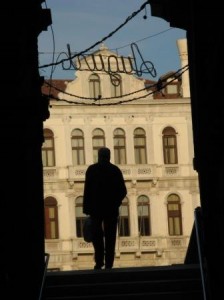
We came out into the Grand Canal, back to lights and noise and now. Much as I may hate the touristic mayhem, even on ordinary days, I’m not quite as upset by it as I once was, because I know that Venice has managed to elude our grasp. I won’t say that she’s waiting to come out again — we probably make that impossible.
It’s enough for me to know she’s still in there.

 The following was not written by me, nor is it set in Venice; it was written by a friend whose gifts far outstrip the recognition they have received. And because this small but perfect jewel has become part of my own personal Christmas tradition, I am giving it to you here. Happy Holidays to all.
The following was not written by me, nor is it set in Venice; it was written by a friend whose gifts far outstrip the recognition they have received. And because this small but perfect jewel has become part of my own personal Christmas tradition, I am giving it to you here. Happy Holidays to all.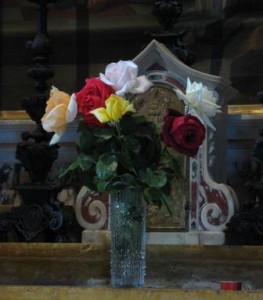 It was five minutes before midnight when we were shown to our seats. Mr. Phelan, a huge detective who looked like the legendary John L. Sullivan and was certainly the heavyweight champion of Far Rockaway, was ushering. He smiled at my father and leaned in to speak. “Gee, Doc, you’re just under the wire. Sorry about the seats.”
It was five minutes before midnight when we were shown to our seats. Mr. Phelan, a huge detective who looked like the legendary John L. Sullivan and was certainly the heavyweight champion of Far Rockaway, was ushering. He smiled at my father and leaned in to speak. “Gee, Doc, you’re just under the wire. Sorry about the seats.” The latecomer managed to balance himself behind the last row. As the last lingering note rose in the accepted direction of Paradise, Mitt Gaffney stepped into the main aisle and acknowledged Mr. O’Brien’s tour de force. “Bravo, Jimmy! Bravo! You sounded just like an angel! Honest, kiddo, an angel! A real angel!”
The latecomer managed to balance himself behind the last row. As the last lingering note rose in the accepted direction of Paradise, Mitt Gaffney stepped into the main aisle and acknowledged Mr. O’Brien’s tour de force. “Bravo, Jimmy! Bravo! You sounded just like an angel! Honest, kiddo, an angel! A real angel!”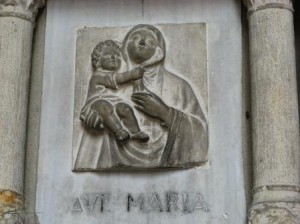 “Given the fact that I found his somewhat-demonstrative approbation a bit unusual, given the fact that in these parts we’re not given to applauding the sacred music, I must say that I wholeheartedly concurred with Mr. Gaffney’s appreciation of Mr. O’Brien’s divinely inspired performance. You did sound just like an angel, Jimmy. And Mitt, if you’re to clap and bellow again in church — and you’re in church, Lyceum or not — I’ll have Mr. Phelan cart you off to the hoosegow. Now then, the mass is ended. Go in peace. God bless you all, and drive safely.”
“Given the fact that I found his somewhat-demonstrative approbation a bit unusual, given the fact that in these parts we’re not given to applauding the sacred music, I must say that I wholeheartedly concurred with Mr. Gaffney’s appreciation of Mr. O’Brien’s divinely inspired performance. You did sound just like an angel, Jimmy. And Mitt, if you’re to clap and bellow again in church — and you’re in church, Lyceum or not — I’ll have Mr. Phelan cart you off to the hoosegow. Now then, the mass is ended. Go in peace. God bless you all, and drive safely.”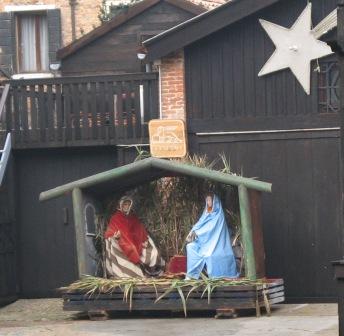
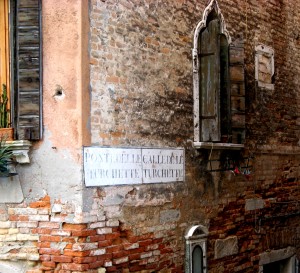 Tradition maintains that in the era before the Casa dei Catechumeni was established to accommodate instruction in the Roman Catholic faith, there was a house here where Turkish women (“Turchette”), taken prisoner in assorted battles, were kept. Their time was spent mainly in being converted to Christianity. Or not. No word on the rate of conversion, or whether conversion was considered optional, or what the consequences were for not converting, at least not by the point where I stopped seeking information.
Tradition maintains that in the era before the Casa dei Catechumeni was established to accommodate instruction in the Roman Catholic faith, there was a house here where Turkish women (“Turchette”), taken prisoner in assorted battles, were kept. Their time was spent mainly in being converted to Christianity. Or not. No word on the rate of conversion, or whether conversion was considered optional, or what the consequences were for not converting, at least not by the point where I stopped seeking information.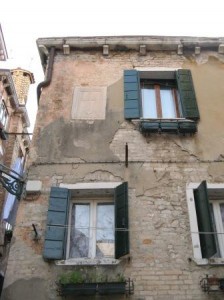
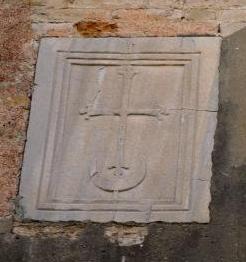
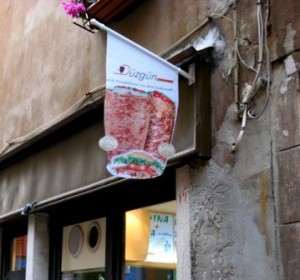
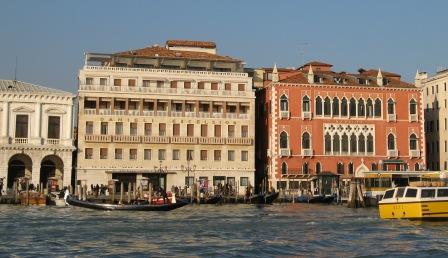
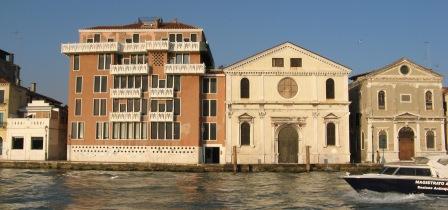
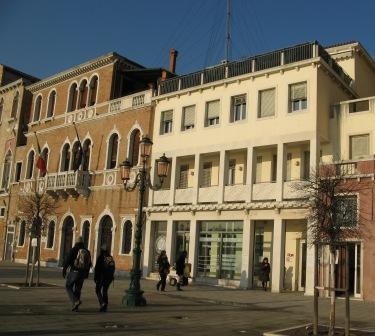
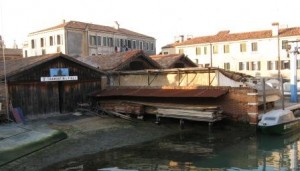
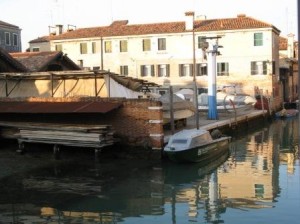
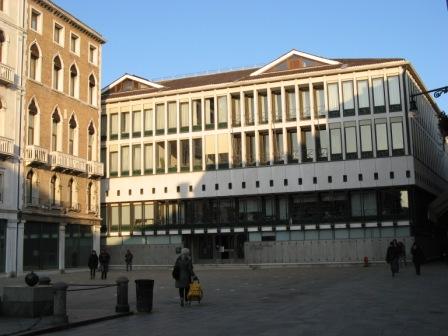
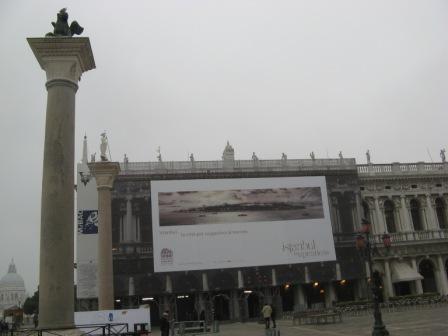
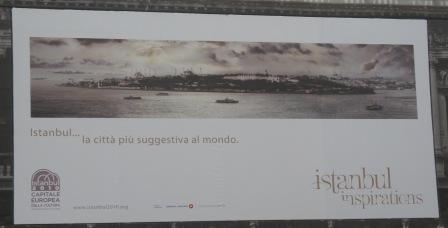 In any case, something worked.
In any case, something worked.